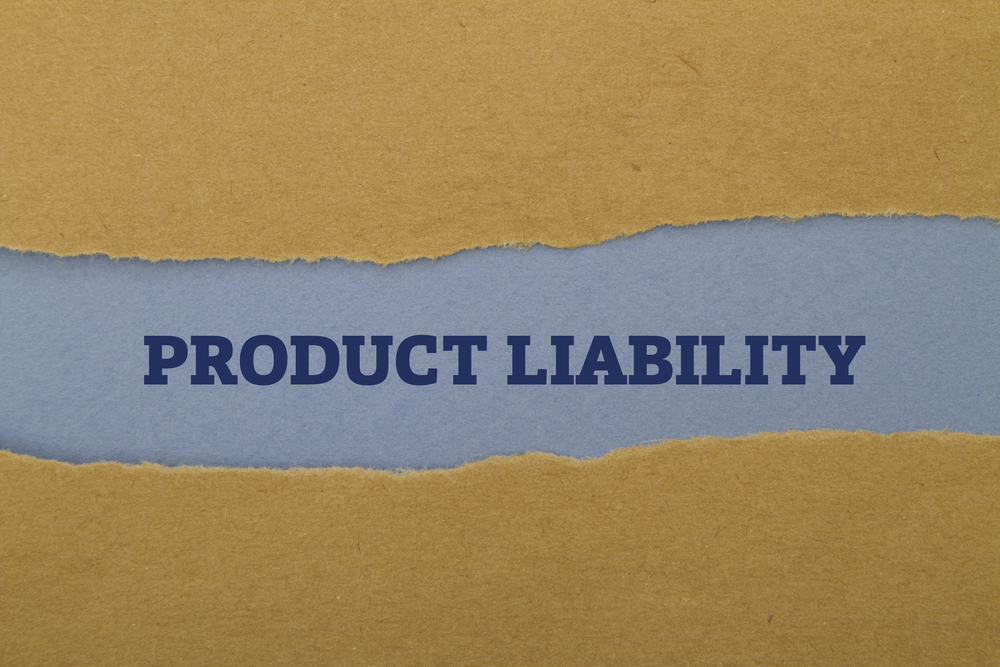

EDUCATIONAL WEBINAR:
Strict Products Liability 2.0
Date: Tuesday, October 5, 2021
Time: 3:00 PM EDT
For the past 25 years, courts and scholars have debated whether products liability is a form of negligence or strict liability. Although virtually all states have adopted the rule of strict products liability in section 402A of the Restatement (Second) of Torts, the Restatement (Third) of Torts: Products Liability characterized strict products liability as a misleading label that perpetuates confusion in cases where defective designs or warnings are determined by the risk-utility test, a form of negligence. The case law is still developing, but a clear majority of courts has rejected this negligence-based rationale for the risk-utility test while affirming the continued vitality of strict products liability. Scholars maintain that courts are confused by the rhetoric of strict products liability. The prevailing scholarly opinion, however, ignores the implied warranty—the doctrinal basis for section 402A. Having been largely formulated as a rule of contract law, the implied warranty is undertheorized as a tort doctrine. Once adequately developed, the implied warranty shows why courts have transformed the rule of strict products liability from the last century into a more comprehensive regime—“strict products liability 2.0”—that incorporates the risk-utility test into the consumer-expectations framework of strict products liability. Consumer expectations define the safety problem in the normatively appropriate manner, thereby sharpening the inquiry about what’s at stake. Across the distinctive elements of the tort claim—duty, breach, and causation—the negligence-based liability rules in the Restatement (Third) are often unduly vague, not the consumer-expectations test.
Featured Speakers

Mark Geistfeld,
Sheila Lubetsky Birnbaum Professor of Civil Litigation
New York University School of Law
© 2024 CCH Incorporated and its affiliates and licensors. All rights reserved. Privacy & Cookies